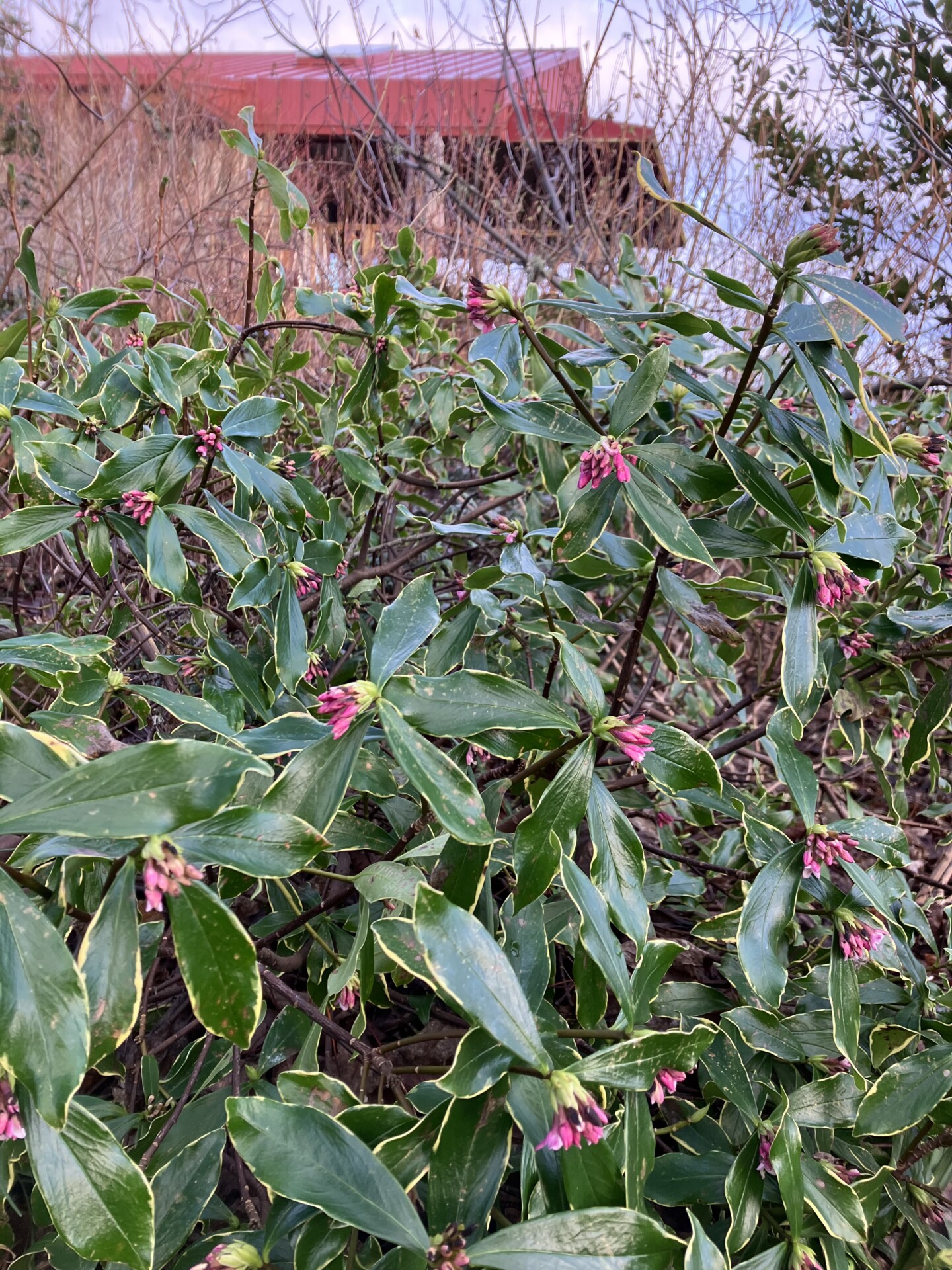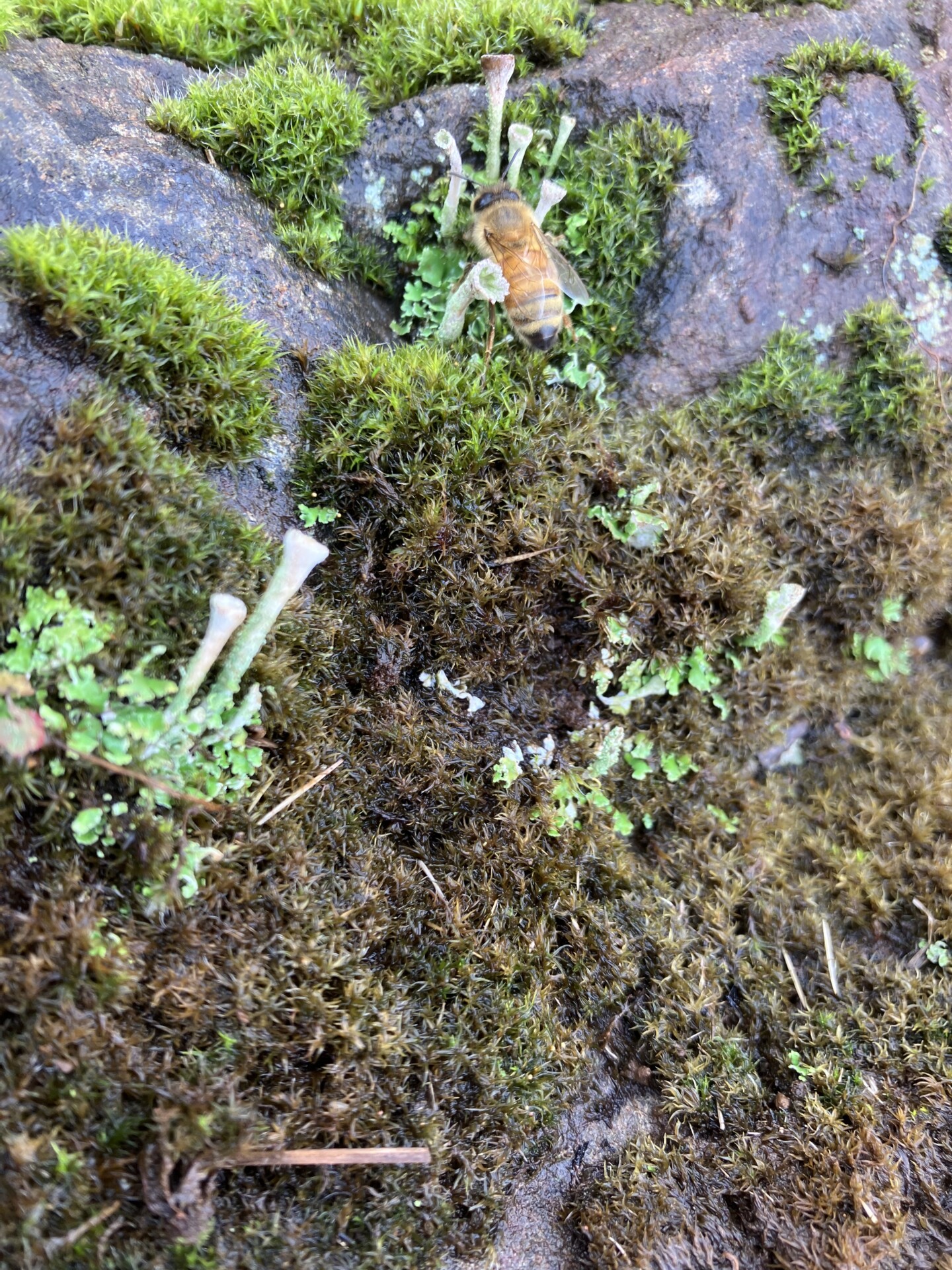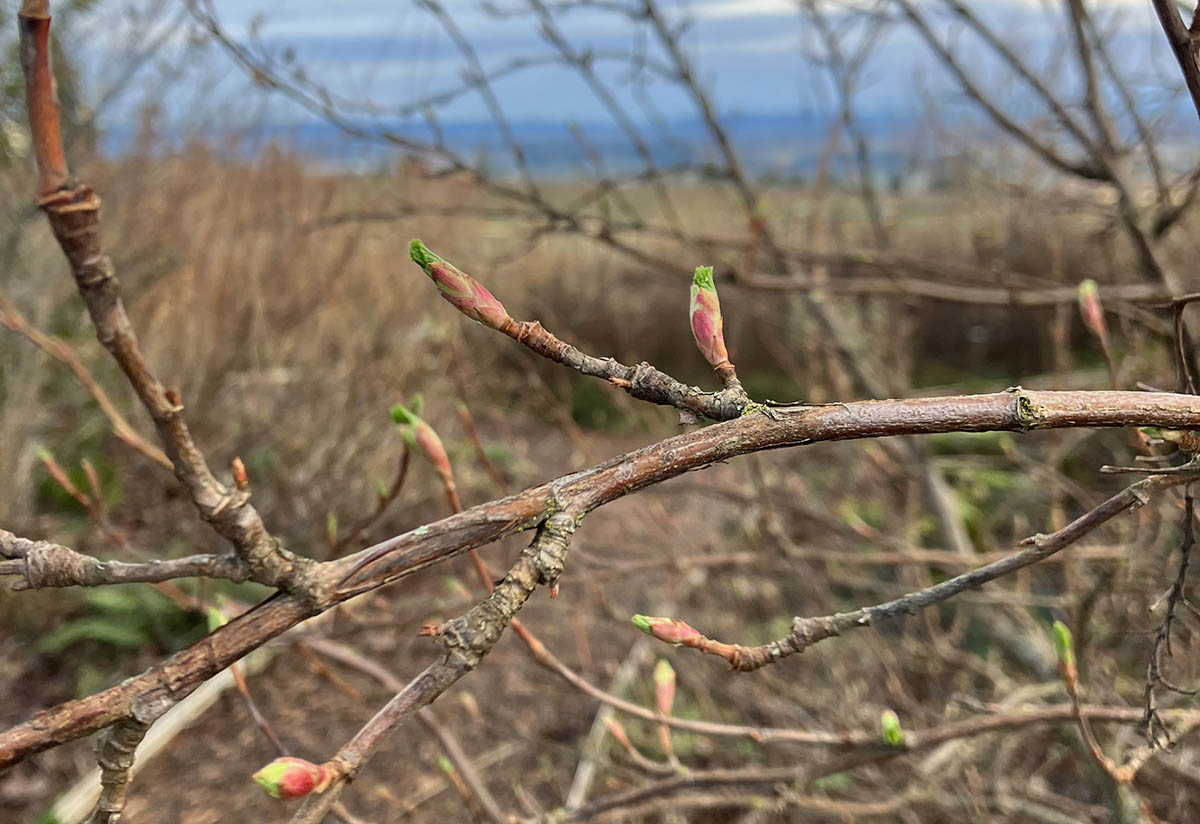“If grief can be a doorway to love, then let us all weep for the world we are breaking apart so we can love it back to wholeness again.” – Robin Wall Kimmerer, Braiding Sweetgrass
I was recently struck by the realization that nature expresses its own form of love. Scientists often call it symbiosis, a partnership between different species for the mutual flourishing of both. This full expression of love is seen in many partnerships within nature; one often overlooked is the mutualism of lichen. Lichen is the embodiment and living reciprocity of fungi and a phototroph, often algae, coming together to sustain one another. The fungus provides a home for the algae, protecting them from herbivores and light stress. The algae give back by feeding the fungus, capturing the sun’s rays, and turning it into carbohydrates. This mutualism of lichen is a daily reminder that two different species can come together, live within one another, and, from this partnership, create a new way of living and flourishing.
If we take a moment to look around us, the world is filled with mutualism. They remind us that we are never alone, when we look to the land we will find love. I see it in the limbs of trees layered in lichen, so many different forms of love expressed in the density of diversity. From this mutualism, lichen can find homes in seemingly inhabitable spacers. Early colonizers of rocks, the growth of lichen slowly erodes away a rock’s surface, forming a small layer of soil that can be colonized later by other species. The partnership of lichen also makes it a nitrogen fixer, providing nutrients that nourish other plants. When lichen falls off and is incorporated back into the soil, it provides for the continued flourishing of other species. Isn’t that the way with love? Its echo reverberates and creates change that ripples beyond our expectations.
I want to live in symbiosis with our earth, in mutual flourishing. This type of relationship takes time, lichen evolved into its mutualistic relationship over hundreds of thousands of years. My time scale is shorter, but with every moment I have, I want to farm and garden from a place of love and hope. This expression of love does not ignore my grief over our future, I let myself feel this deeply. However, I actively remind myself that grief comes from love and that this is my work. In digging ponds, gathering eggs, harvesting radicchio, or sitting quietly with my bees, I fill myself up with my love for the land.


The love we put into the land and in our relationship is impactful enough that people notice. I only realized this last summer when a guest in the garden told me all she could think when walking through the space was that this was love. Every flower was an expression of love from the gardener to the garden. At that moment, I was struck with the realization that I was part of the garden, returning its love for me with my own. Maybe gardening is its own form of symbiosis, our deepest expression of love for the land.
With Love From the Garden,
Shannon
Farm to Table
This month, our tasting room menu features the following items from the Brooks Estate Garden: herbs, kale, microgreens, squash, leeks, and radicchio.
